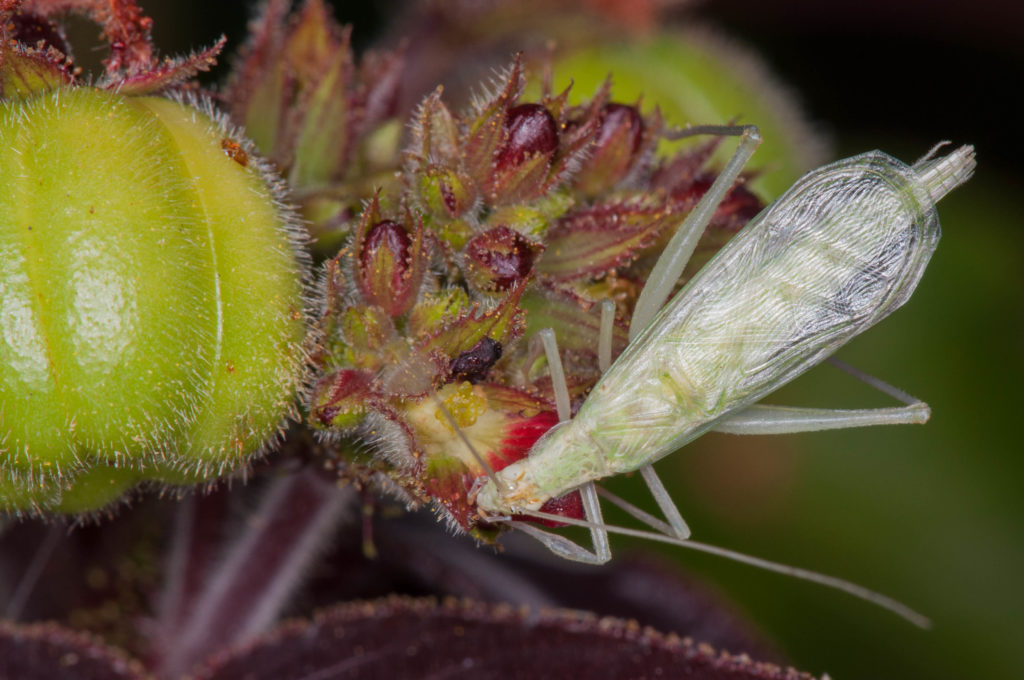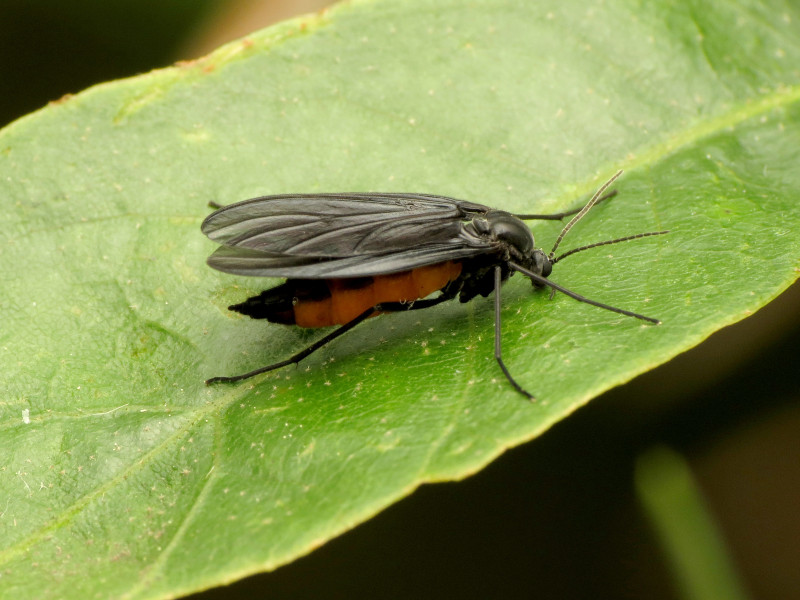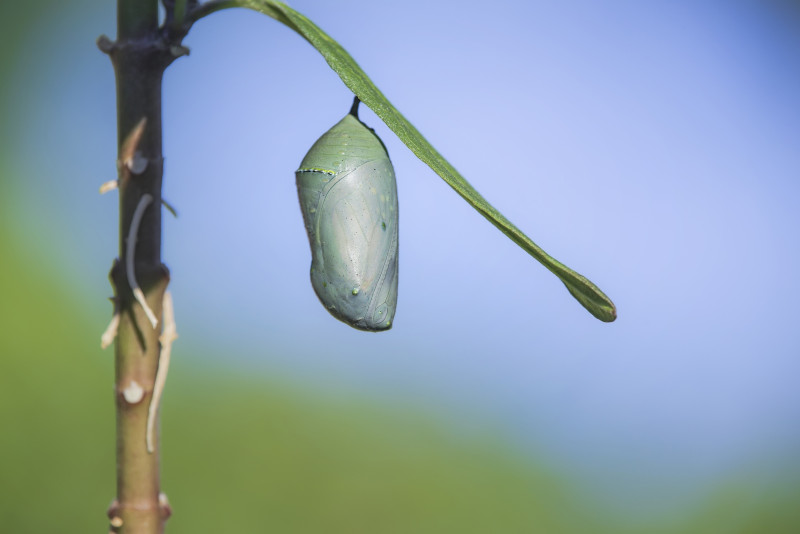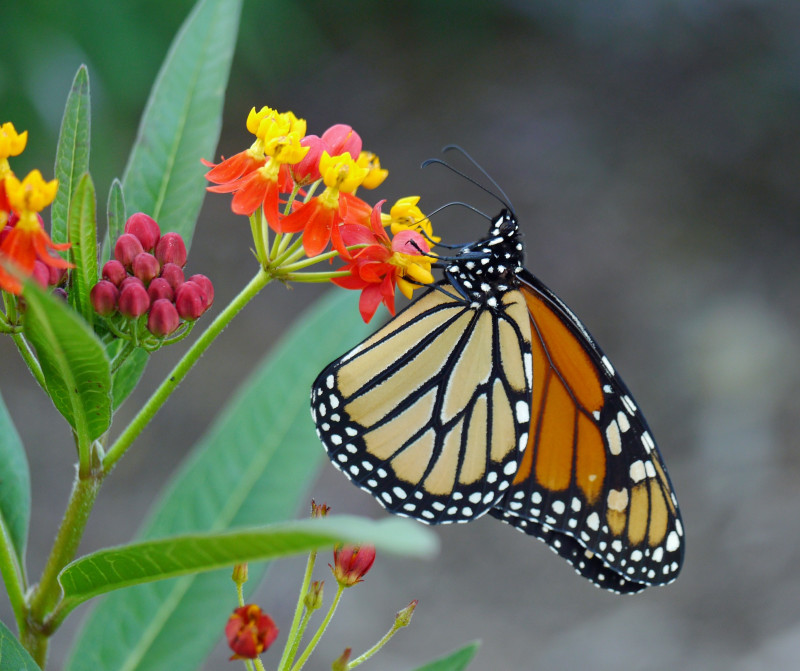Remember “Jiminy Cricket?” Anyone who’s seen Walt Disney’s animated film The Adventures of Pinocchio knows who he is. While not entirely anatomically correct, as insects go, he joins a long list of other crickets featured in delightful children’s books. And, in folklore, too: In Brazil, when crickets sing, it means rain or a financial windfall is coming. They symbolize good luck, prosperity, and protection in China, and in Japan, they’re appreciated for their musical chirping, which signals autumn. In parts of Europe, a cricket in the house is believed to bring good fortune. Some Native American tribes saw them as bearers of messages from the spirit world.
Beneficial
We may not enjoy crickets indoors in the same way some other countries do, but outdoors, they should be appreciated for the benefits they bring to a yard’s ecosystems. They:
- Aerate the soil through their burrowing, which helps water and nutrients to reach plant roots.
- Serve as a crucial food for many animals, including birds, reptiles, and small mammals, which supports biodiversity.
- Help to maintain the balance of local insect populations by feeding on smaller insects.
Foods
Crickets feed on seeds, grains, flowers, leaves, and small fruits, and some species eat meat, such as smaller insects and larvae. Their foraging causes no damage to speak of, and they’re harmless to humans. They may bite in self-defense, but when they do, it rarely breaks the skin.
Behavior
Crickets are nocturnal and spend the day under rocks, logs, and fallen branches, where they can find moisture and protection from the elements. Leaf litter, tall grasses, dense shrubs, ground cover, loose bark, cracks and crevices, under boards, bricks, and other human-made debris also offer safe places. Inside homes, they often hide in basements.
Background
Fossil evidence shows that crickets first appeared during the late Carboniferous period, around 300 million years ago. Today, there are about 900 species of crickets, including those called “true crickets.” All are in the order Orthoptera, along with grasshoppers and cicadas. True crickets (family Gryllidae) are probably the ones you’re most familiar with: house crickets and field crickets. One hundred twelve species of true crickets inhabit the United States.
General physical characteristics
Like all insects, crickets have three main body parts: head, thorax, and abdomen. Their body color varies from light brown or green to dark brown or black, often providing camouflage in their natural habitats. Their head is rounded and contains two compound eyes, two long antennae used for sensing their environment, and mouthparts adapted for chewing. Three pairs of legs and two pairs of wings (some species are wingless) are attached to the thorax. Digestive and reproductive organs are within the abdomen.
Crickets have tough and leathery forewings covering delicate hind wings used for flight and production of sound. They also have two prominent appendages (cerci) at the tip of their abdomen used to detect vibrations and movements in their surroundings. The long ovipositor (egg-laying organ) of females is positioned between them.
Cricket sounds
Most of us notice crickets only when males begin calling out with their chirps to draw females during mating time in the fall. Until then, they’re mostly quiet as they grow from tiny nymphs to mature adults.
However, some species have evolved to be silent to avoid predators and others are wingless or have underdeveloped wings. Those that do chirp—almost always males—produce their sounds by using unique structures on their wings. Males have a large vein (the stridulatory organ) running along the bottom of each wing. It has teeth, much like a comb. When their top wings are rubbed across the bottom ones, it creates the chirping sound we know so well. Listen to a cricket chirping
Crickets respond to warm weather, and as the temperature climbs higher, so does the speed of their chirping. Conversely, when temperatures begin to drop in the fall, they chirp less and less until they stop altogether. Crickets in temperate regions die in very cold weather, but those in milder climates and living indoors may survive.
Reproduction
After mating, females deposit their eggs in the soil, where they’ll hatch in the following spring. Young crickets look like their parents, except they’re smaller and without wings. They molt several times over the summer as they grow to adult size. As they grow, the wings of those that have them become longer and longer until they’re fully developed. Many crickets are able fliers when they must, but most prefer to move on the ground. They live roughly two to three months, depending on the species, environment, and food availability.
Field crickets
“Field cricket” represents approximately 100 species worldwide, typically dark brown or black, ranging in size from 0.59 to 1.22 inches (15–31 mm) long. Eleven species are native to the U.S., where two of the most common are the Pennsylvania Field Cricket, Gryllus pennsylvanicus, and the Southeastern Field Cricket, Gryllus rubens.
These crickets are omnivorous and feed on plant materials, such as leaves and seeds, insects, and organic debris in fields, gardens, and grassy areas. They prefer outdoor environments but may enter buildings, usually in the fall, seeking warmth.
Some of these species are often used in scientific research due to their simple care requirements and interesting behaviors. They’re surprisingly smart, and studies have provided insights into animal behavior, communication, and ecology.
House crickets
“House cricket” is several species. They’re light brown or tan with three dark bands on their head and 0.63 to 0.83 inches (16–21 mm) long. Only one, Acheta domesticus, is officially named the House Cricket. Thought to be native to Europe and Asia, house crickets are found across the eastern half of the U.S. and in a narrow band along the southern border from coast to coast.
Despite their name, house crickets are found predominantly outdoors in fields, gardens, and grassy areas, where they feed on plant material, insects, and even household items like fabrics and paper if food sources are scarce. They often try to move inside as temperatures drop.
They’re known for their loud, continuous chirping, especially at night. In contrast, field crickets tend to have a more varied calling pattern that may change depending on their environment.
Tree crickets
Tree crickets are slender and delicate with a body that’s typically pale green, white, or translucent, which helps them blend into foliage. They range from 0.4 to 0.8 inches (10–20 mm) long. There are about sixty species worldwide; all but one are in the genus Oecanthus. Twenty are native to the U.S.
Tree crickets are widely distributed across the U.S., with various species found in different regions inhabiting areas with ample vegetation, such as gardens, forests, meadows, fields, and orchards. They feed on ripe fruit and sap from leaves and plant stems.
Males are well known for their distinctive, melodic songs. They’re especially common in the eastern and central U.S., but some species can also be found in the western states. Listen to the familiar sound of a Snowy Tree Cricket: https://bit.ly/3UHUCma
Camel crickets
Camel crickets, also known as cave crickets or spider crickets, are typically light to dark brown in color, often with mottled patterns, and 0.5 to 1.3 inches (13–33 mm) long. Despite their name, they aren’t true crickets. They’re in the same order but in a different family, Rhaphidophoridae. They number about 1,100 species in the world, with about 150 species inhabiting the U.S.; an uncertain number of them are native. They get their name from their camel-like humped back. Unlike true crickets, they don’t produce sounds.
Camel crickets are omnivorous scavengers that feed on various organic materials, including decaying plant matter, fungi, leaves, dead insects, and even fabrics or cardboard. They’re often found in caves, under rocks, leaf litter, basements, crawl spaces, garages, and other moist areas around human habitation.
Mormon Cricket
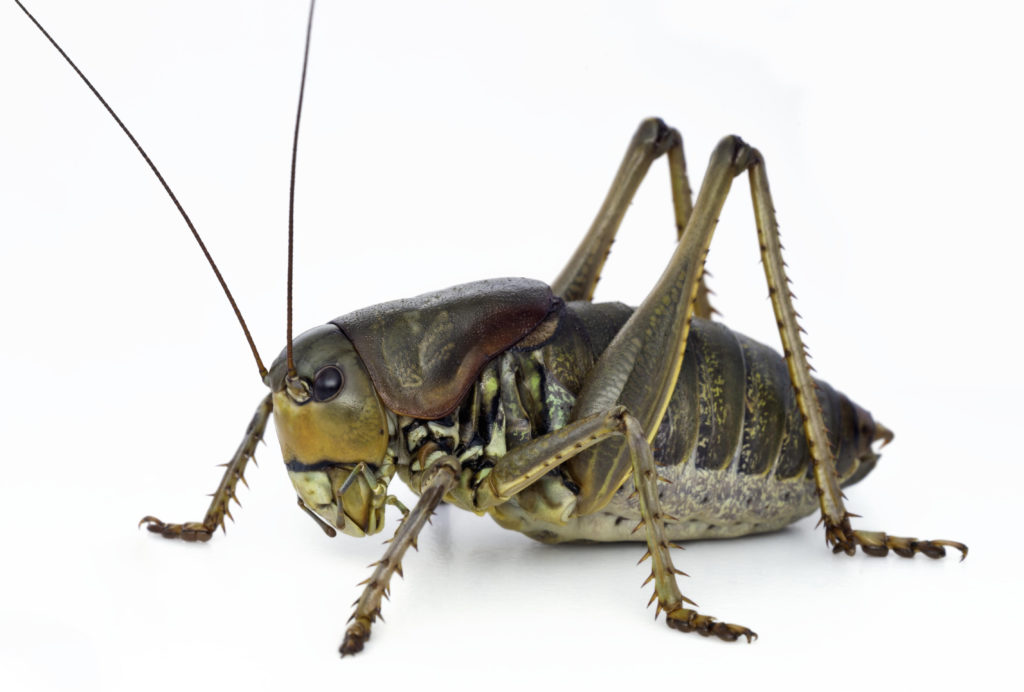
Mormon Cricket, Anabrus simplex (Oregon Dept. of Agriculture, Thomas Shahan / Flickr; CC BY-NC-ND 2.0)
The Mormon Cricket, Anabrus simplex, isn’t a cricket at all. It’s a type of katydid in the family Tettigoniidae. They may be black, brown, red, green, purple, or even striped, depending on their region and stage of development. They’re 2 to 3 inches (5–8 cm) long, with a wingless body and long, powerful hind legs.
Their name comes from their massive invasion of crops in the first Mormon settlement in Utah in 1848. Native to N.A., they’re primarily found in the western U.S. Males produce songs with their wings in the same manner crickets do.
They’re commonly found in arid and semi-arid rangelands, grasslands, scrublands, and agricultural areas. They feed on grasses, forbs, shrubs, and crops but are also scavengers and may eat dead insects, their own injured or dead individuals, and other organic material.
Jerusalem crickets
The Jerusalem cricket is another “cricket” with a misleading name. It’s neither a cricket nor from Jerusalem. You may have also heard them called potato bugs. They’re flightless insects in the family Stenopelmatidae and genus Stenopelmatus. They’re 0.8 to 2.75 inches (2–7 cm) long and tan to reddish-brown, with dark, banded segments on their abdomen. The origin of their name isn’t certain, but it may have come from a mix of Navajo and Christian terms.
There are twenty to thirty species of Jerusalem crickets, primarily in North and Central America. Exact classification is ongoing due to new discoveries and taxonomic revisions. About ten to fifteen species inhabit the U.S., all of them native.
These species don’t chirp. Instead, they communicate by drumming their abdomen against the ground to create vibrations, and they make a hissing sound if disturbed by rubbing their hind legs together. If threatened, they can deliver a painful bite but are otherwise harmless.
Jerusalem crickets mainly feed on decaying organic material, such as dead leaves and other plant matter, but also roots, tubers, and sometimes small insects. Underground environments are usually their resting places, such as loose soil, under rocks, or in burrows in grasslands, forests, and near agricultural fields. They primarily inhabit arid and semi-arid areas in the western states.
In your yard: look for these common “bugs” Deciphering scientific classification In your yard: look for these butterflies




